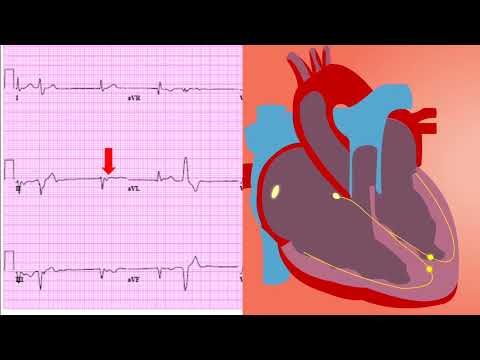🎬 Video Summary
This video provides a comprehensive overview of different types of shock, delving into the underlying pathophysiology of each. It is ideal for medical students, nursing professionals, and anyone seeking a deeper understanding of shock’s mechanisms and treatment strategies. The video also explores treatment options available, offering valuable insights for managing these critical conditions.
🧠Teaching Pearls
- 💡 Shock is a life-threatening condition resulting from inadequate tissue perfusion.
- 💡 Understanding the specific pathophysiology of each type of shock is crucial for targeted treatment.
- 💡 Treatment for shock should focus on addressing the underlying cause while supporting vital organ function.
- 💡 Early recognition and intervention are critical in improving patient outcomes in shock.
- 💡 Key types of shock include hypovolemic, cardiogenic, distributive, and obstructive.
❓ Frequently Asked Questions
Q: What is the most common cause of hypovolemic shock?
A: The most common cause of hypovolemic shock is hemorrhage, either from trauma or internal bleeding. Other causes include severe dehydration from vomiting, diarrhea, or burns.
Q: How does cardiogenic shock differ from other types of shock?
A: Cardiogenic shock is caused by the heart’s inability to pump enough blood to meet the body’s needs, often due to myocardial infarction (heart attack) or heart failure. Unlike other types, the problem lies within the heart itself.
Q: What are the key signs and symptoms of shock?
A: Common signs and symptoms of shock include rapid heart rate, low blood pressure, weak pulse, rapid breathing, cool and clammy skin, decreased urine output, and altered mental status.
Q: What is the initial treatment for a patient in shock?
A: Initial treatment typically involves supporting airway, breathing, and circulation (ABCs). This may include administering oxygen, providing intravenous fluids, and addressing the underlying cause of the shock.
Q: What are some examples of distributive shock?
A: Distributive shock includes septic shock (due to infection), anaphylactic shock (due to allergic reaction), and neurogenic shock (due to spinal cord injury). These conditions cause widespread vasodilation and altered blood distribution.
Q: How does obstructive shock occur?
A: Obstructive shock results from a physical obstruction to blood flow, such as a pulmonary embolism, cardiac tamponade, or tension pneumothorax. The obstruction prevents adequate blood return to or ejection from the heart.
🧠 Key Takeaways
- 💡 Learn to differentiate between hypovolemic, cardiogenic, distributive, and obstructive shock.
- 💡 Understand the underlying pathophysiology driving each type of shock.
- 💡 Identify appropriate treatment strategies based on the specific type of shock.
- 💡 Recognize the importance of early intervention in managing shock.
- 💡 Gain knowledge of the key signs and symptoms associated with shock.
🔍 SEO Keywords
Types of shock, pathophysiology of shock, shock treatment, hypovolemic shock, cardiogenic shock, distributive shock, obstructive shock.
“`

